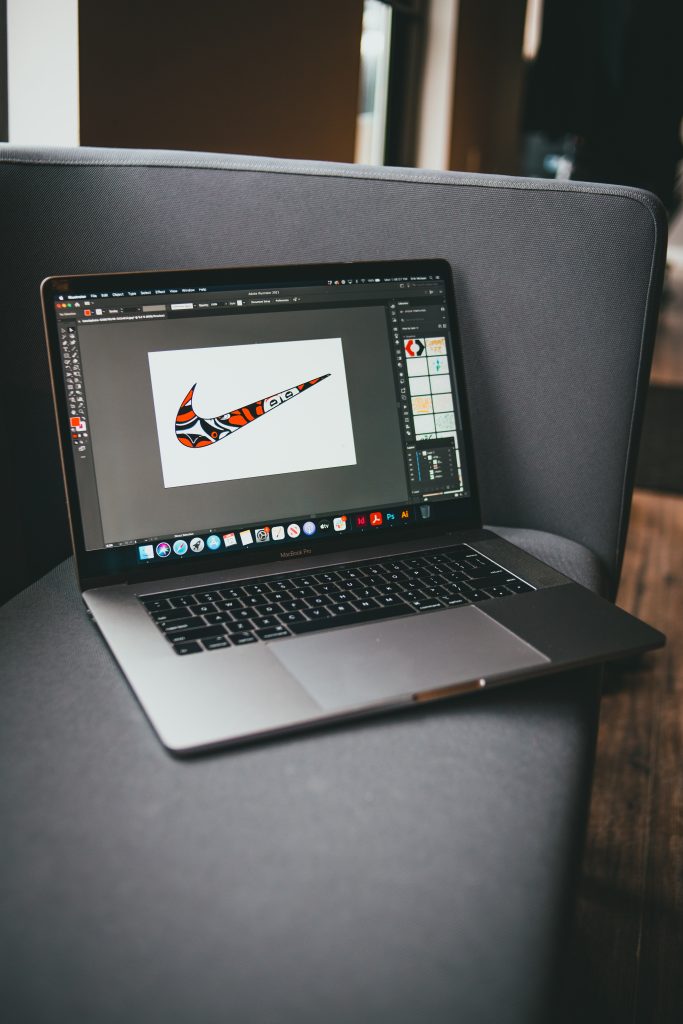Introduction
Graphic design is a versatile and essential skill that plays a pivotal role in various creative fields, including marketing, advertising, web design, and print media. In this article, we will delve into the key principles and steps to create stunning and effective graphic designs.

Design Graphic Online
Here are some websites that offer free online image design tools and resources:
![]() This content is for members only.
This content is for members only.
These websites offer a range of features and templates to help you design images for various purposes, from social media posts to marketing materials, and they are accessible for free with the option to upgrade to premium plans for additional features.
Define Your Purpose and Audience
Before starting any design project, it’s crucial to understand the purpose of the graphic and the intended audience. Are you designing for a business presentation, a social media post, a brochure, or something else? Knowing your target audience helps tailor your design to their preferences.
Gather Inspiration
Inspiration can come from a variety of sources, including art books, online design galleries, nature, and everyday life. Collect visual references to stimulate your creativity and generate ideas.
Plan and Sketch
Begin with rough sketches to visualize your design concept. This stage is essential for exploring different layouts and compositions before moving to digital design tools.
Choose the Right Software
Familiarize yourself with graphic design software such as Adobe Photoshop, Illustrator, or free alternatives like GIMP or Canva. These tools provide the necessary flexibility and features for creating professional graphics.
Composition and Layout
Pay attention to the visual hierarchy, balance, and arrangement of elements within your design. Utilize grids, guides, and alignment tools to maintain consistency.
Typography
Select fonts that align with the design’s purpose and message. Ensure readability and consider font pairings for headings and body text.
Color Theory
Understand color psychology and choose a harmonious color scheme. Consider the emotions and associations different colors evoke and use them to convey the desired message.
Images and Graphics
If your design includes images or illustrations, choose high-quality visuals that are relevant to the content. Optimize images for the intended platform to maintain clarity and load times.
White Space
Embrace white space (negative space) as it helps create a clean and uncluttered design. It can also direct the viewer’s attention to essential elements.
Consistency and Branding
Maintain consistency with brand guidelines if applicable. Consistent use of logos, colors, and fonts reinforces brand identity.
Testing and Feedback
Share your design with colleagues, friends, or target users to gather feedback. Constructive criticism can help you identify areas for improvement.
Finalization and Export
Once you’re satisfied with your design, export it in the appropriate file format for its intended use. Consider formats like JPEG, PNG, or PDF, depending on the project.
Version Control
If your design undergoes revisions, use version control to keep track of changes and iterations. This ensures you can always revert to previous versions if needed.
Stay Updated and Evolve
Graphic design is a dynamic field with evolving trends and technologies. Continuously update your skills and stay current with design trends and tools.
Legal Considerations
Be aware of copyright and licensing issues when using images or graphics created by others. Ensure that you have the necessary rights or permissions.
Conclusion
Graphic design is a blend of creativity, technical skills, and a keen eye for aesthetics. By following these principles and steps, you can create compelling and visually appealing graphics that effectively convey your message and captivate your audience. Whether you’re designing for print or digital media, the art of graphic design offers endless opportunities for creativity and communication.